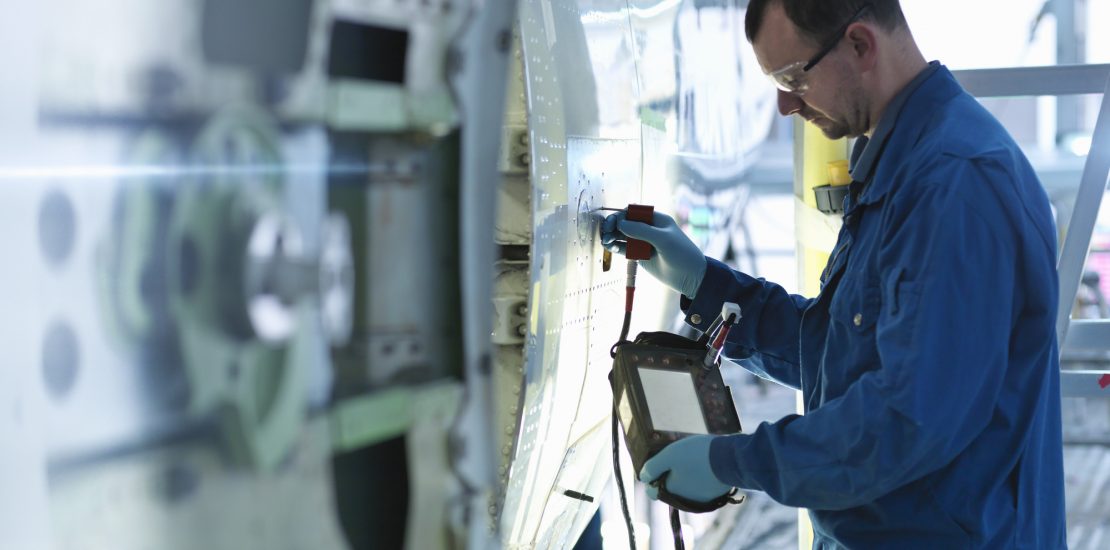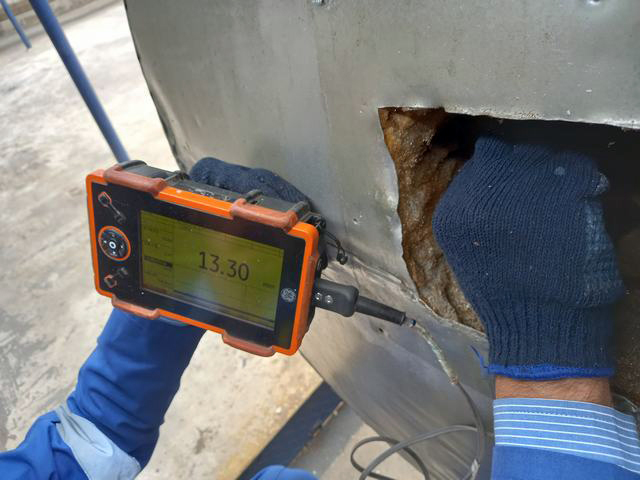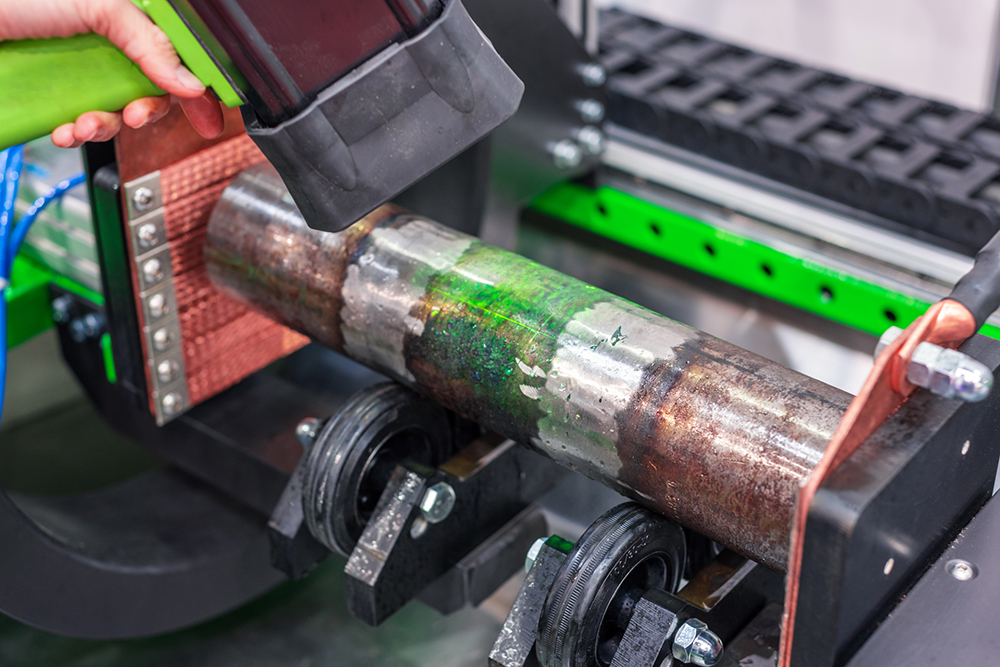The Complete Guide to Non-Intrusive Inspection in the Oil and Gas Industry
- January 2, 2023
- Posted by: Velosi Author
- Categories: Civil, Insights, Inspection

Introduction to Non-Intrusive Inspections (NII)
Non-intrusive inspection is a process that can be used to detect any damage or corrosion in pipes, tanks, valves, and other equipment without causing any disruptions or interruptions to production as this inspection method does not require the dismantling of an asset. It is widely recognized that the oil and gas industry is one of the most significant industries in the world. Aside from being one of the most hazardous, it is also the most complex. One of the most important factors of Non-Intrusive Inspection is that it does not compromise safety standards. Moreover, Non-Intrusive Inspection is carried out through Non-Destructive Testing (NDT).
Velosi’s Advanced Non-Destructive Testing incorporates the following methods:
- Corrosion Mapping
- Time of Flight Diffraction (TOFD)
- A and B Scan Enhancement Imaging (ABI Scan)
- Floor Map Imaging
- Electro Magnetic Array Testing (EMA)
- Computed Radiography
- MFL Tank Floor Scanning
- Insulated Component Testing (INCOTEST)
- Phased Array
- Tube Inspection Services
- Electro-Magnetic Acoustic Transducer (EMAT)
- Long Range UT Guided Wave Inspection
- Remote Visual Inspection (RVI)
- Direct Current Voltage Gradient (DCVG)
- Close Interval Potential Survey (CIPS)
- Pipeline Current Mapper
- UT Crawler
- Non-Destructive Testing Pigs
Importance of Non-Intrusive Inspection (NII)
As we know, various operations are taking place from time to time in the oil and gas industries on a daily basis. Imagine what can go wrong if assets do not go under regular inspections, it can be chaos, impacting health, safety, and the environment. Moreover, sudden destruction can lead to high asset/equipment maintenance costs, which eventually can escort gradual deterioration in business productivity.
To protect assets and their functionality regular inspections of the assets are compulsory. This in turn will implement safe operations, which will also give a clear image of the asset/equipment condition in real time.
Non-intrusive inspections are mainly performed for the below assets:
- Pressure vessels (all types)
- Storage tanks (atmospheric and pressurized)
- Heat exchanger tanks and channels


Top 8 Benefits of Non-Intrusive Inspection
- Effectively prevents equipment shutdowns due to production losses
- Reduces labor costs associated with the excavation of buried pipes and other structures for inspection.
- Minimizes risks and hazards to inspection personnel, as NII can be carried out remotely
- Asset/equipment dismantling is not required
- Generates reduced costs overall
- Efficiently optimizes asset integrity and productivity
- Executes well-systematic and up-to-the-mark inspection planning
- Provides thorough inspection detail for accurate reporting
Conclusion
To conclude, regular inspections are important to protect and maintain assets for them to function at a productive pace. Leading industries hold a variety of assets operating that need to be explicit for the team to analyze and predict faults at an early stage. Last but not the least, regular authentic inspections set forth an opportunity to maintain assets with the most effective yet systematic techniques.
Please contact us for more information and assistance.




